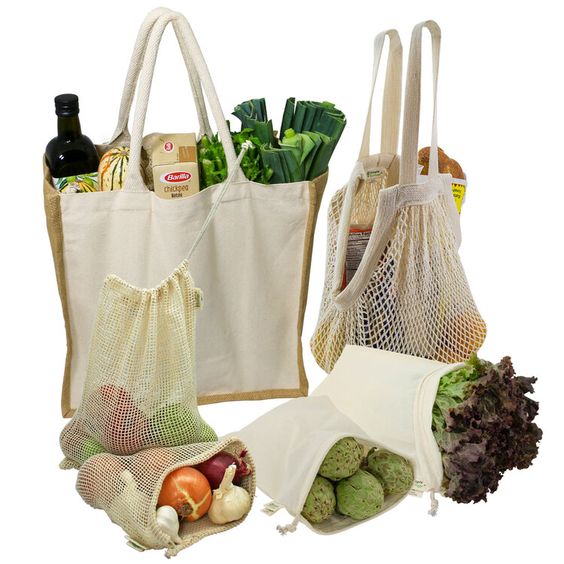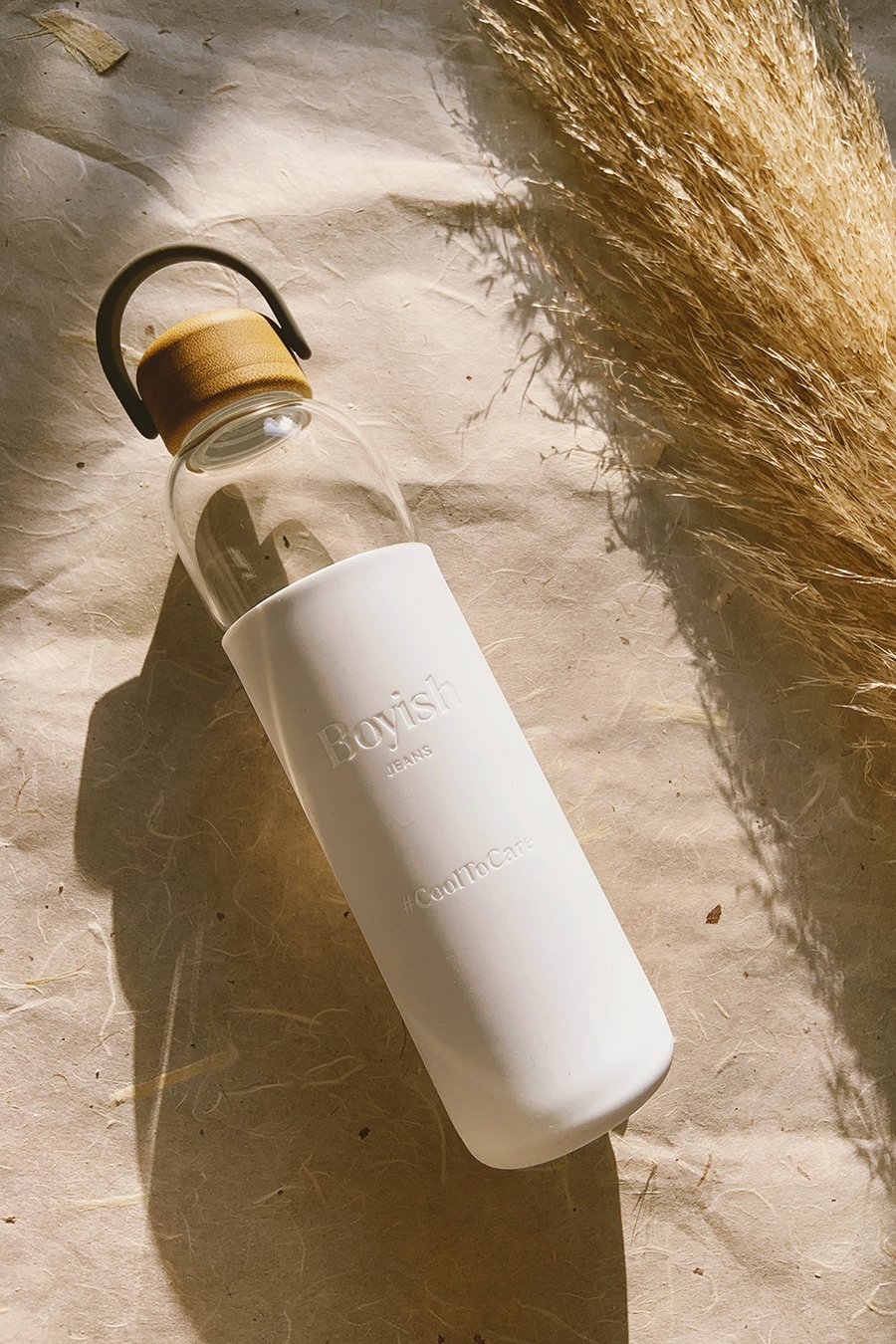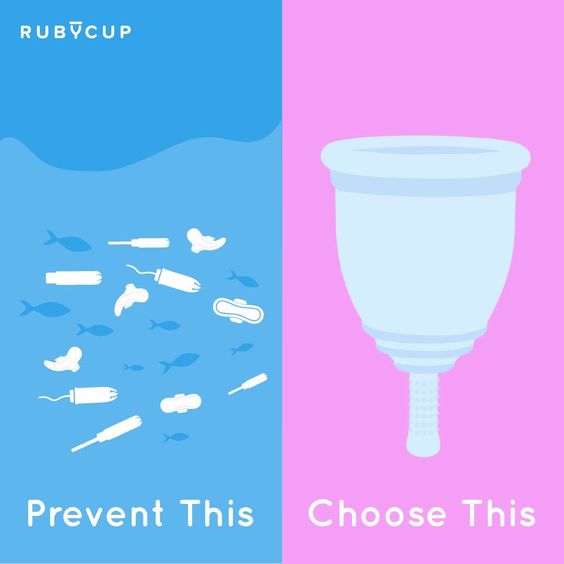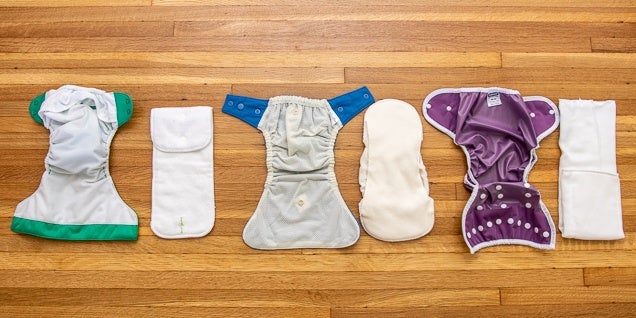
Since the 1950s, about 8.3 billion tons of plastic has been produced. That’s equivalent to the weight of roughly a billion elephants or 47 million blue whales.
Sadly, though, only about 9% of this plastic is recycled, 12% is burned, and the remaining 79% ends up in landfills or the environment.
Wait, what?
Plastic production, and consequently its pollution, is expected to double by 2025. The equivalent of a truckload of plastic enters the ocean every minute. Let’s not make that two.
July is Plastic Free month and in spirit, LimeLoop is sharing its top five ways to supplement single-use plastics.
1. Reusable Water Bottles
Beverage companies alone produce over 500 billion single-use plastic bottles annually. Reusable water bottles eliminate the need for single-use plastic bottles when used at refill stations.
Often found in schools, offices, gyms, grocery stores and airports, water bottle refilling stations, such as ELKAY, not only provide students and commuters a space to refill their bottles, but they also track how many 20 oz plastic bottles are saved with each refill.
On an individual scale, 156 plastic bottles are saved per person annually by using reusable water bottles. In 2015, Jefferson Labs saved 84,000 plastic bottles from landing in landfills and the ocean by implementing refill stations throughout their campus.
See here for the consumer approved reusable water bottles.
2. Grocery and Food Reusables
The food and beverage industry races against time to come up with sustainable and reusable options from take-out containers to cutlery, but they aren’t the only industry giants shifting methods.
Grocery store chains are actively working to eliminate their plastic produce and grocery bags.
Retail giant, Walmart, announced it was eliminating its plastic bags in Maine in response to new legislation. In Maine and beyond, consumers can use reusable produce and shopping bags to collectively reduce single-use consumption.
Options such as these reusable produce and grocery bags, make-and-take containers, and these reusable ziplock bags, make purchasing and storing food low-to-no waste.

3. Alternative Straws
An estimated 7.5 million plastic straws pollute US coastlines. Who doesn’t remember the image of a sea turtle with a straw stuck in its nose?
We’ll wait.
The plastic straw ban, though arguably imperfect, collectively changed how consumers reconsider their consumption options, creating a demand for alternatives to plastic straws.
Reusable straws or compostable straws, such as bamboo, stainless steel, or paper, aid in eliminating plastic straw pollution. Often accompanying a reusable cup, reusable straws are effortless to wash or compost.
4. Reusable Menstrual Cups and Cloth Diapers
In the US alone, about 12 billion pads and 7 billion tampons are thrown out. What if a woman only had to throw away 4 small menstrual cups over the course of her menstrual cycle instead of 8,000 to 17,000 tampons?
There’d be a 300 ton difference in waste.
Reusable menstrual cups landed in the market first in the 1980s as latex rubber cups. By the beginning of the 21st century, though, silicone versions started becoming more and more popular.
Because menstrual cups can last up to 10 years, their reusability eliminates the need for tampons and pads completely. Insertion is similar to other menstrual products and cleaning is easy.
Additionally, in 2016, an estimated 20 billion disposable diapers were added to landfills throughout the country each year, creating about 3.5 million tons of waste.
Cloth diapers mitigated a half-ton of waste per child, but more can be done. Much like menstrual cups, cloth diapers are rewashable, lasting up to 10 to 20 months when cared for.
5. Shop and Invest in Sustainable Brands

More and more brands are seeking alternative packaging and shipping methods to become more sustainable.
LimeLoop partners, such as Toad & CO and UpChoose, offer sustainable and reusable products that ship in a LimeLoop Shipper.
Further, consumers can purchase a LimeLoop shipper directly from LimeLoop – becoming a part of the solution.
Check out more ways to go plastic free this July!
And, join LimeLoop in the next stage of its ambitious growth strategy to tackle waste and frustration in the traditionally single-use e-commerce and retail experiences.
There’s only one week left to invest in LimeLoop through its WeFunder campaign.


